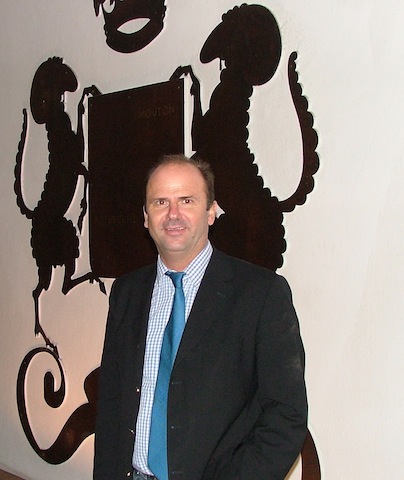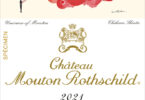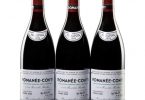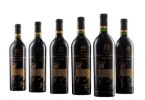
You may also like
The First Tranche of Wines from the Legendary Cellar...
4 months ago
The label for Château Mouton Rothschild 2021...
5 months ago
by Staff Writer
Christie’s Presents The Two Continents...
1 year ago
Celebrate the Holidays with 31 Days of California Wine...
1 year ago
Domaine de la Romanée-Conti, The Pride of...
2 years ago
Fine & Rare Wines Including Two Outstanding...
2 years ago






